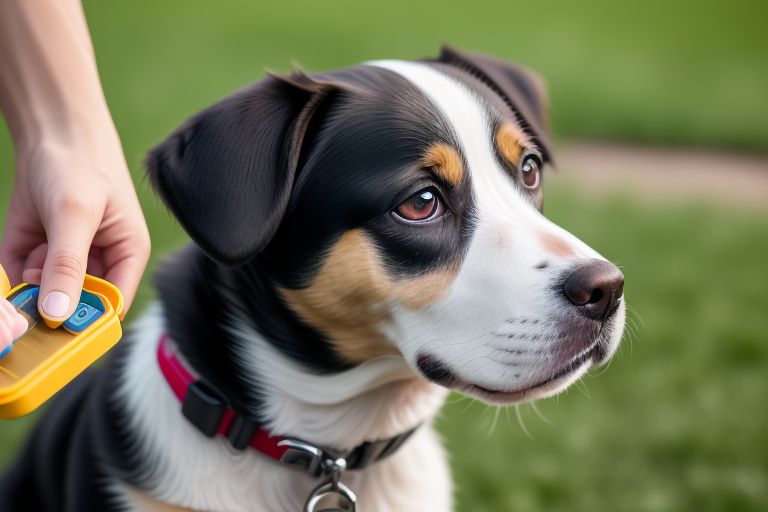Where dog microchip implanted? The implantation of a microchip for dogs is crucial for the safety of the animal. Additionally, it is a legal requirement for the owner to insert the microchip (also referred to as a transponder) in the dog within two months of the animal’s age.
Failure to comply with this timeframe can result in substantial fines. The exact amount of these fines varies according to regional provisions, with regional laws stemming from national legislation that, while maintaining the same core principles, may differ slightly in certain aspects.

- Where dog microchip implanted
- What is the microchip for dogs and how is it applied
- The microchip for the dog and old tattoos
Where dog microchip implanted
If you purchase a dog from another owner, it is the seller’s responsibility to provide the microchip number, which should also be recorded in the dog’s booklet.
A lack of a microchip in a dog you’re buying might signal the seller’s lack of commitment, and caution should be exercised when dealing with those who haven’t fulfilled this vital requirement.
It’s important to highlight that the law explicitly forbids the sale, transfer, or gifting of a dog without a microchip. The microchip plays a crucial role in registering your dog in the regional canine registry, and this registration must be carried out by a veterinarian in the region where the owner resides.
The regional canine registry is a digital database accessible to veterinarians, containing essential information about the owner (including address and optionally, the mobile number, particularly useful in case the dog is lost) and the dog.
It also includes details about important optional vaccinations, such as the one against rabies, which, while no longer mandatory in Italy since 2013, becomes necessary in certain circumstances, like travel abroad.
Now, let’s explore the key characteristics of a dog’s microchip. According to the law, the owner registered in the registry office must be of legal age, have a clean record (applicable only if the dog breed is on the List of Dangerous Breeds), and reside in the same region as the veterinarian performing the implantation.

What is the microchip for dogs and how is it applied
The microchip designed for dogs is a minuscule digital circuit, measuring just a few millimeters (11 × 2 mm). This tiny device is capable of providing when read by a specific device, a 15-digit code that serves as a unique identifier for the dog in the regional canine registry.
Encased in a biocompatible glass capsule, the microchip is completely passive and does not emit any electromagnetic radiation. To read the microchip, a reader, standard equipment for all veterinarians and ASLs, needs to be brought near the dog’s skin.
The application of the microchip involves using a specialized sterile disposable syringe, similar to administering a standard vaccination. It is typically implanted under the skin, usually on the left side of the dog’s neck. This procedure is swift, lasting only a few seconds, and is no more painful than a routine vaccination.
While the momentary discomfort is minimal, the dog with the microchip enjoys enhanced protection in case of getting lost or stolen. Moreover, it serves as a deterrent against abandonment, as the registered owner can always be traced (it’s essential to remember that abandoning your dog is a criminal offense).

The microchip for the dog and old tattoos
The microchip for dogs efficiently replaces the outdated practice of tattooing, which was once applied to the inner ear.
Although this practice persisted until a few years ago, some dogs may still bear internal ear tattoos. In instances where the tattoo is legible, there is no requirement for microchipping. However, if the tattoo is illegible, the use of a microchip for the dog becomes mandatory.
One cannot bypass this crucial aspect in their dog’s life, and concerns about the device’s safety are baseless.
Furthermore, it is particularly disapproving for owners to justify not using the microchip due to time constraints or economic reasons, as choosing to bring a dog into one’s home should involve a conscious acknowledgment of these essential responsibilities.
